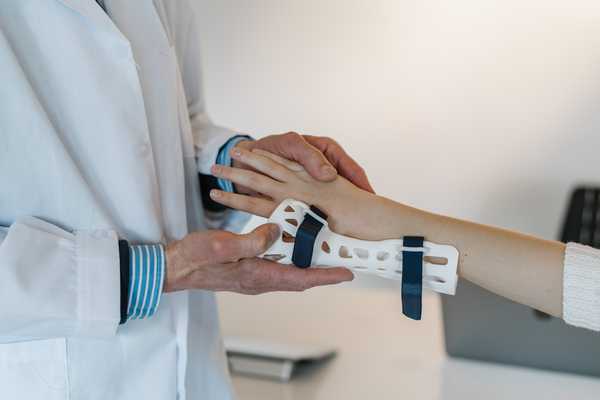3D Printing in Healthcare: A Revolution Unveiled
3D printing is revolutionizing healthcare, from personalized devices to anatomical models, dentistry, orthopedics and more.

3D Printing in Healthcare
In recent years, the integration of 3D printing technology into the healthcare sector has ushered in a new era of innovation and possibilities. This revolutionary technology is reshaping the landscape of healthcare by offering unprecedented solutions and applications that are making a significant impact.
Personalized Medical Devices
The ability to create customized implants and prosthetics tailored to a patient’s specific anatomy has revolutionized the way healthcare providers approach treatment. Whether it’s a dental implant, a hip replacement, or a prosthetic limb, 3D printing allows for precise and patient-specific solutions, improving outcomes and patient satisfaction.
Anatomical Models
Medical professionals are utilizing 3D printing to create detailed anatomical models for surgical planning and training. Surgeons can now practice complex procedures on lifelike models, enhancing their skills and confidence before entering the operating room. This not only improves surgical precision but also contributes to better patient outcomes.
Bioprinting
One of the most promising trends is the emergence of bioprinting, where living tissues and organs are printed layer by layer using bioinks. While still in its early stages, bioprinting holds the potential to revolutionize organ transplantation, tissue engineering, and drug testing, paving the way for a future where replacement organs can be manufactured on demand.
Point-of-Care 3D Printing
Another notable trend is the adoption of point-of-care 3D printing, allowing healthcare professionals to produce patient-specific devices and tools directly within the hospital or clinic. This reduces lead times, lowers costs, and enhances the overall efficiency of healthcare delivery.
Dentistry
Dentistry has embraced 3D printing for the fabrication of dental implants, crowns, bridges, and even highly detailed models of patients’ mouths. This not only streamlines the production process but also ensures a perfect fit for each patient.
Orthopedics
In orthopedics, 3D printing is utilized for creating patient-specific implants, prosthetics, and surgical guides. This customization improves the overall functionality and longevity of implants, leading to better outcomes for individuals with musculoskeletal conditions.
The future of 3D Printing in Healthcare
Looking ahead, the future of 3D printing in healthcare holds even more exciting possibilities. As technology continues to advance, here are some potential developments to anticipate:
Advanced Materials: The development of new materials compatible with 3D printing is expected to expand the range of applications. Innovations in biocompatible and bioresorbable materials will contribute to the creation of more sophisticated implants and devices.
Remote Printing and Telemedicine: The integration of 3D printing with telemedicine could enable the remote production of medical devices based on patient scans. This has the potential to improve accessibility to personalized healthcare solutions, especially in underserved regions.
In conclusion, 3D printing has become a game-changer in the healthcare industry, offering personalized solutions, improving surgical outcomes, and driving innovation across various specialties. As the technology continues to evolve, the potential for groundbreaking advancements in patient care and treatment is limitless. The future of healthcare is intricately linked with the layers of possibilities that 3D printing unfolds, promising a healthier and more personalized approach to medical treatment.